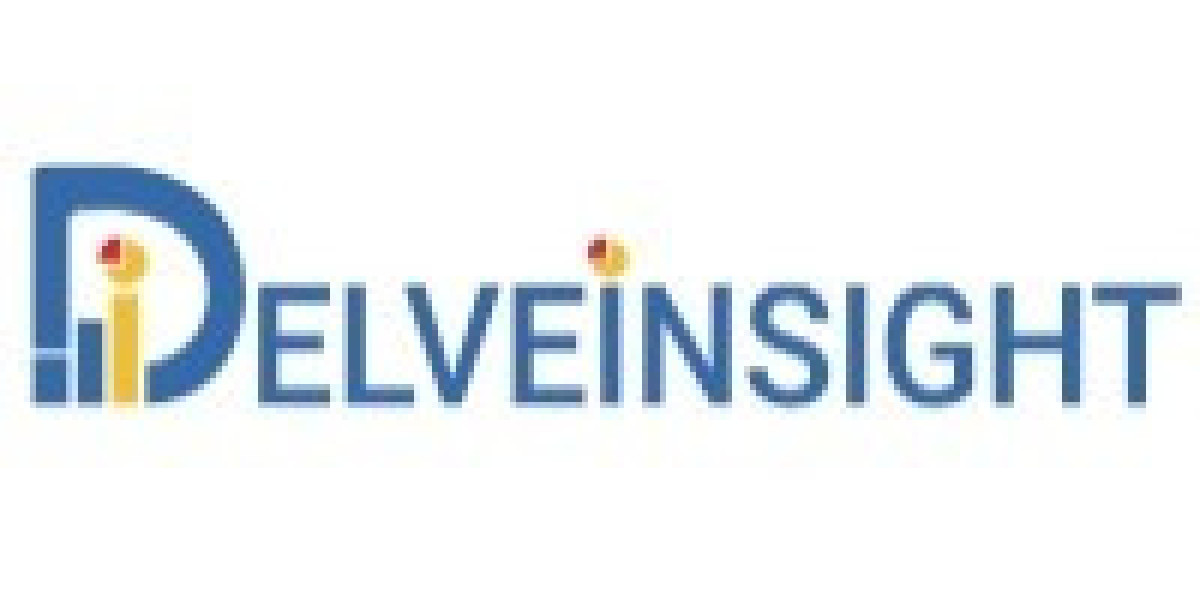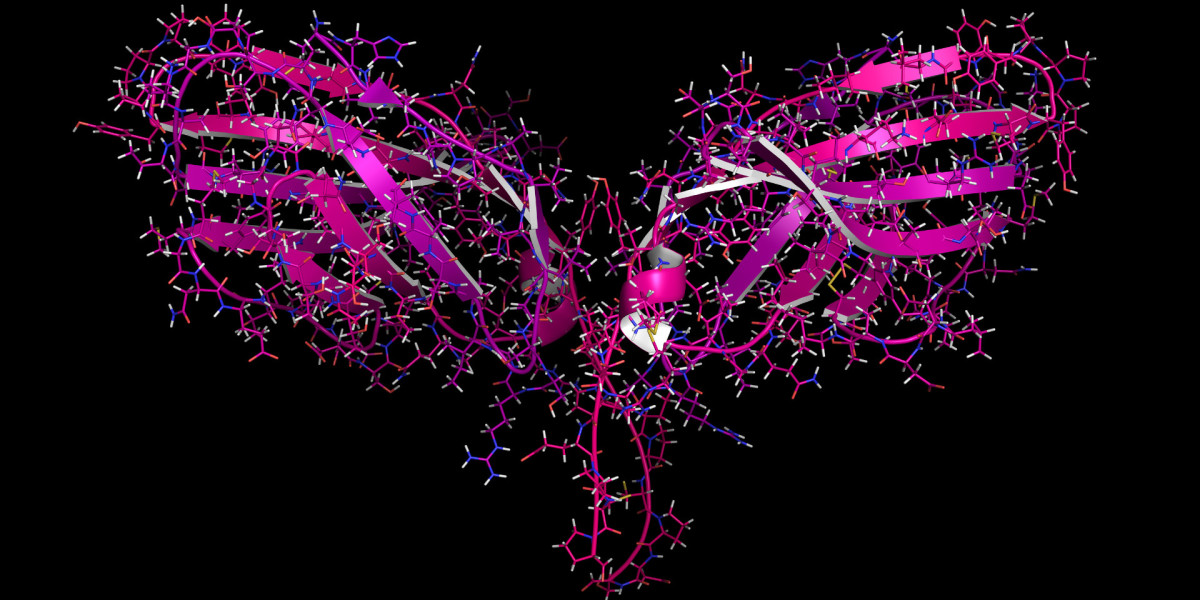For years, patients suffering from cholestatic liver diseases have faced a grim reality, dominated by a relentless and debilitating itch that conventional medicine could not adequately control. This profound unmet need has fueled a scientific and commercial quest for a better solution, a quest that has now culminated in the emergence of a transformative therapeutic class: ileal bile acid transporter (IBAT) inhibitors. This new modality is reshaping the treatment landscape by targeting the very source of the problem, offering not just hope, but tangible relief and a dramatically improved quality of life. The ascent of this drug class is a compelling story of scientific innovation, market dynamics, and a future filled with expansive potential.
Targeting the Source: How IBAT Inhibitors Work
The human body relies on a finely tuned system known as the enterohepatic circulation to manage bile acids, essential compounds for digestion. The linchpin of this recycling process is the apical sodium-dependent bile acid transporter (ASBT), or IBAT, located in the terminal ileum. In healthy individuals, this reclaims about 95% of bile acids, preventing their loss. However, in cholestatic conditions like primary biliary cholangitis (PBC) and primary sclerosing cholangitis (PSC), bile flow is blocked, causing these acids to accumulate in the bloodstream and skin, where they trigger the agonizing pruritus that defines these diseases. IBAT inhibitors intervene with surgical precision. By blocking the ASBT, they interrupt the reabsorption cycle, shunting excess bile acids out of the body through feces. This rapid reduction in the systemic bile acid pool directly addresses the root cause of the itch, providing a level of relief that was previously unattainable for many patients.
A Confluence of Catalysts: Powering the IBAT inhibitors Market
The commercial success and rapid growth of this therapeutic class are not accidental; they are the result of a powerful convergence of market catalysts. The IBAT inhibitors Market is expanding as awareness grows and diagnostic rates for cholestatic diseases rise. A critical shift in clinical perspective has seen pruritus elevated from a secondary symptom to a primary therapeutic target, creating immediate demand for effective treatments. This demand has been met with strong regulatory support, including orphan drug designations for rare but devastating conditions like progressive familial intrahepatic cholestasis (PFIC), which provide market exclusivity and accelerate development. Adding to this momentum is the powerful voice of patient advocacy groups, who have successfully highlighted the desperate need for new therapies, creating a receptive environment for innovation and investment.
The Competitive Frontier: Mapping the IBAT inhibitors Companies
The lucrative potential of this market has naturally attracted a diverse and competitive field of players. The arena of IBAT inhibitors Companies is a dynamic mix of global pharmaceutical leaders and specialized biotechnology firms, all competing to establish dominance. While early entrants have secured a valuable head start, the race is far from over. As more candidates progress through the pipeline, differentiation has become the key to success. Companies are fiercely competing on the pillars of superior efficacy, enhanced safety profiles to manage gastrointestinal side effects, and convenient dosing that improves patient adherence. A particularly strategic battleground is the development of pediatric formulations, which addresses a critical unmet need in children with genetic cholestasis and provides a significant competitive advantage in this niche but vital segment.
Beyond Cholestasis: The Expansive IBAT inhibitors Forecast
While the current focus is firmly on cholestatic diseases, the long-term trajectory for this drug class points toward a much broader horizon. The IBAT inhibitors Forecast is exceptionally bullish, projecting sustained growth driven by new indication approvals and global market penetration. The most transformative opportunity, however, lies in expanding into the vast field of metabolic disorders. The mechanism of IBAT inhibition has been shown to stimulate the release of key gut hormones like GLP-1, which play a central role in glucose metabolism and appetite regulation. This discovery opens a direct path to treating highly prevalent conditions such as non-alcoholic steatohepatitis (NASH), type 2 diabetes, and hypercholesterolemia. Successfully navigating this pivot could elevate IBAT inhibitors from a specialty product to a blockbuster platform, fundamentally changing their market scale and impact on global health.
Latest Reports Offered by Delveinsight
Chemotherapy-Induced Peripheral Neuropathy Market | Cholangiocarcinoma Market | Chronic Constipation Market | Chronic Granulomatous Disease Market | Chronic Venous Ulceration Market | Cluster Headaches Market | Coagulation Factor Deficiency Market | Cognitive Impairment Associated with Schizophrenia Market | Complex Regional Pain Syndrome Market | Complicated Intra-Abdominal Infections Market | Concussions Market Size | Congenital Hyperinsulinism Market | Contact Dermatitis Market | Convulsive Seizures Market | Corneal Dystrophy Market | Coronary Occlusion Market
About Delveinsight
DelveInsight is a leading healthcare-focused market research and consulting firm that provides clients with high-quality market intelligence and analysis to support informed business decisions. With a team of experienced industry experts and a deep understanding of the life sciences and healthcare sectors, we offer customized research solutions and insights to clients across the globe. Connect with us to get high-quality, accurate, and real-time intelligence to stay ahead of the growth curve.
Contact Us
Kanishk







